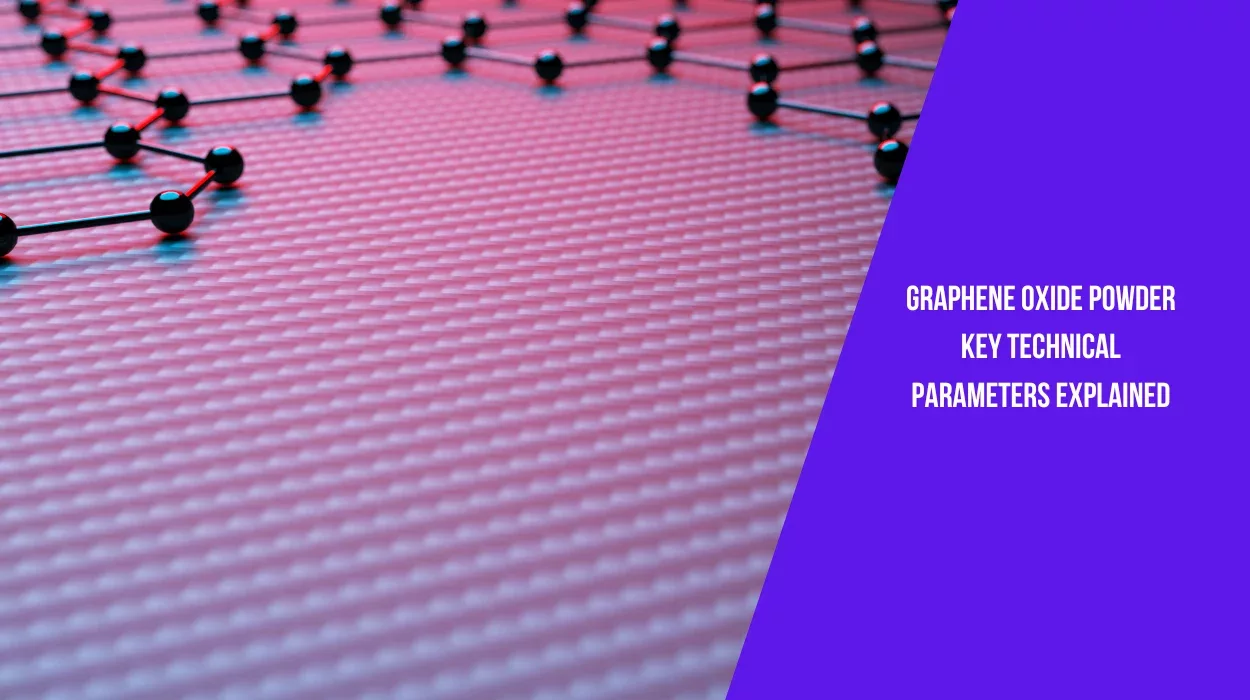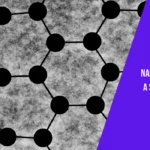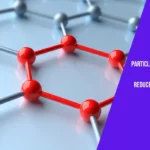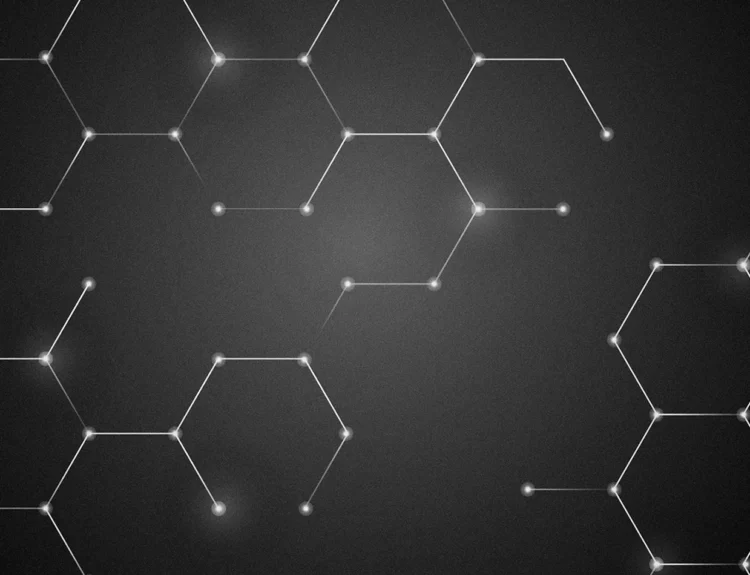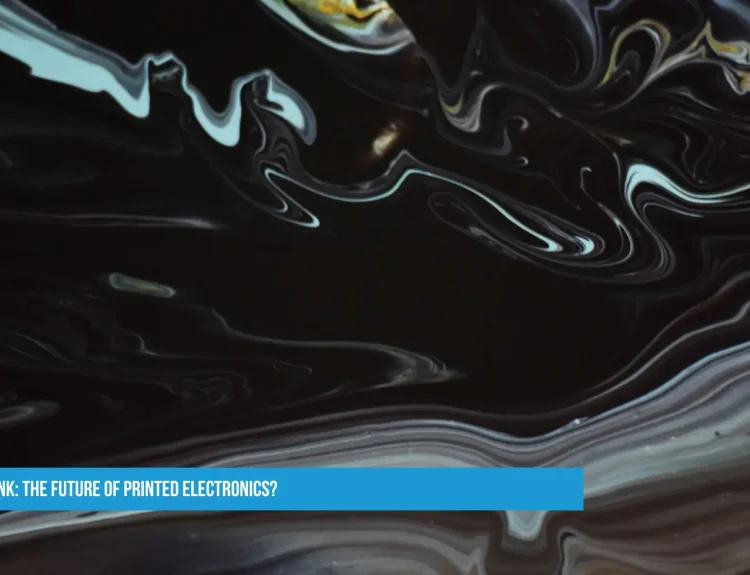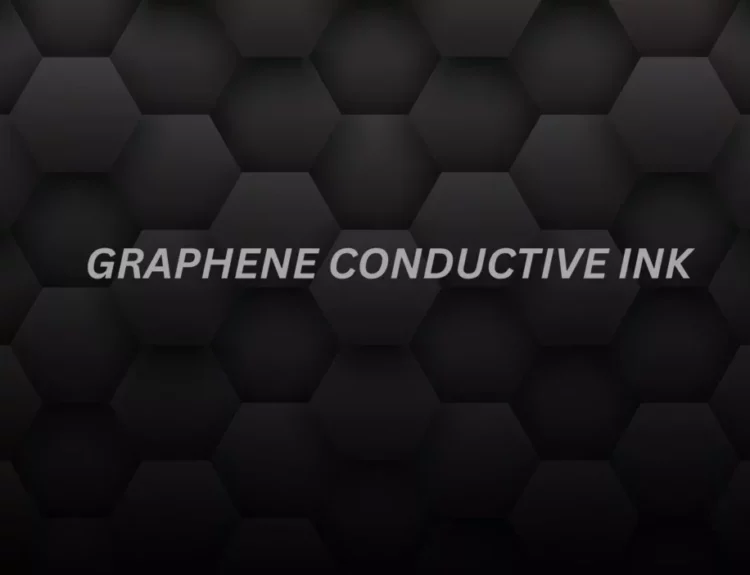Graphene Oxide Powder, a form of graphene chemically modified by adding oxygen-containing groups, holds great promise in many fields, including electronics, energy, and materials science. Let’s explore the key technical parameters of this promising material in simple terms.
Density of Graphene Oxide Powder
- What is density? Density tells you how “heavy” a material is for its size.
- Graphene Oxide’s density: The density of graphene oxide powder is typically around 2.2 grams per cubic centimeter (g/cm³). This is close to the density of pure graphene but slightly higher due to the oxygen groups attached to its structure.
- Why density matters: The density affects how the material is used in applications like coatings or composites. A higher-density material might be used where strength is needed, while a lower-density density might be helpful in lightweight applications.
Manufacturer of Graphene Oxide Powder
Leading Graphene oxide powder manufacturing companies:
Surface Area of Graphene Oxide Powder
- What is surface area? The surface area refers to the total area that the material’s surface covers. This is important for materials that interact with other substances, such as batteries or sensors.
- Graphene Oxide’s surface area: Graphene oxide powder has an impressive surface area, usually ranging from 300 to 800 square meters per gram (m²/g). This large surface area is one of the reasons graphene oxide is so helpful—it can hold or interact with many other materials at once.
- Why surface area matters: A higher surface area makes graphene oxide great for applications like energy storage (e.g., batteries or supercapacitors) and sensors, which must interact with many other substances.
Thickness and Layer Structure
- What is the thickness? Thickness refers to the number of graphene layers stacked on each other.
- Graphene Oxide’s thickness: Graphene oxide is typically a single-layer material, meaning it’s just one atom thick. However, in powder form, multiple layers may stack together. These layers can be controlled based on how the material is prepared.
- Why it matters: Thicker layers may change graphene oxide’s behavior in different applications. Single-layer graphene oxide is very flexible and has unique electrical properties, while multi-layer structures might be used for more robust, more rigid materials.
Oxygen Content
- What is oxygen content? It refers to how much oxygen is attached to the graphene layers in the form of chemical groups.
- Graphene Oxide’s oxygen content: The oxygen content of graphene oxide powder can vary but is usually around 30% to 40%. This high oxygen content is what makes graphene oxide different from pure graphene.
- Why it matters: The oxygen content affects how the material behaves. For instance, higher oxygen content makes graphene oxide more hydrophilic, meaning it can easily mix with water. This makes it useful for coatings or materials that interact with liquids.
Electrical Conductivity
- What is conductivity? Conductivity refers to how well a material can carry an electrical current.
- Graphene Oxide’s conductivity: Unlike pure graphene, which is an excellent conductor, graphene oxide has much lower conductivity due to the oxygen groups disrupting the carbon network. However, it can be reduced (chemically treated) to improve conductivity.
- Why it matters: Lower conductivity makes graphene valuable oxide as an insulator or in applications where controlling electricity flow is essential. However, it can also be modified to behave like graphene for other uses, like electronics.
Thermal Stability
- What is thermal stability? It refers to how well a material can resist breaking down when exposed to heat.
- Graphene Oxide’s thermal stability: Graphene oxide is stable at moderate temperatures (around 200-300°C). Beyond this, it can start to break down and lose its unique properties.
- Why it matters: Thermal stability is essential when using graphene oxide in high-temperature environments, like in batteries or industrial processes.
Conclusion
Graphene Oxide Powder, a material with unique properties such as its high surface area, adjustable thickness, and ability to interact with water due to its oxygen content, is a fascinating subject of study. While it may not conduct electricity as well as pure graphene, its adaptability for different uses makes it a valuable asset in fields like electronics, energy storage, and composite materials. Understanding its technical parameters—density, surface area, thickness, oxygen content, conductivity, and thermal stability—opens up a world of possibilities for researchers and engineers.


